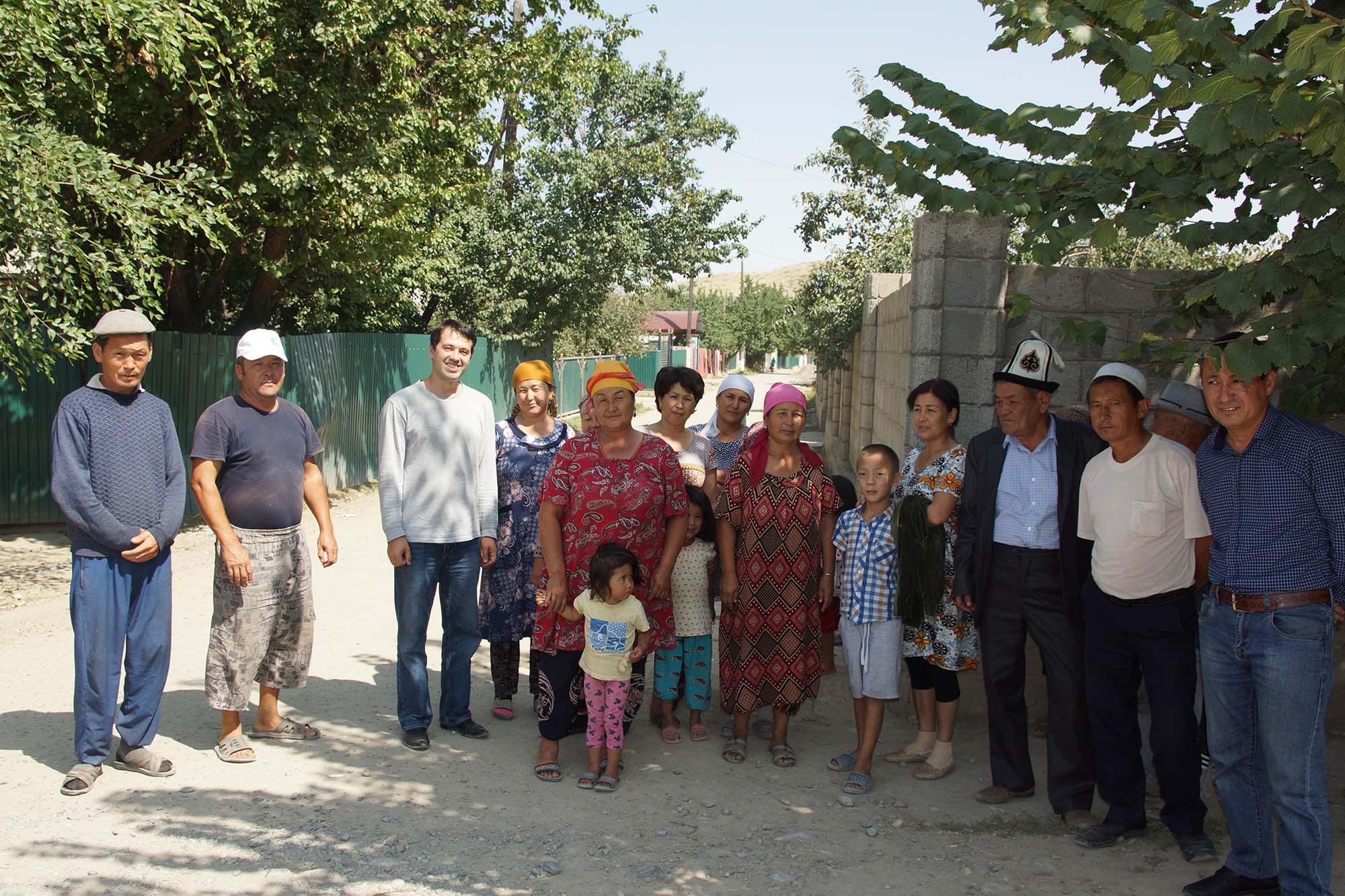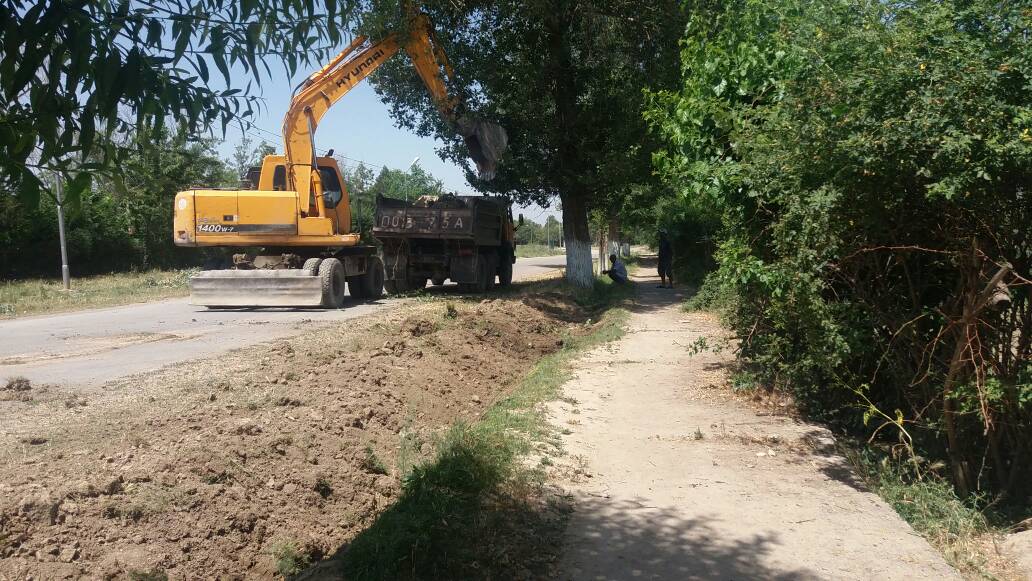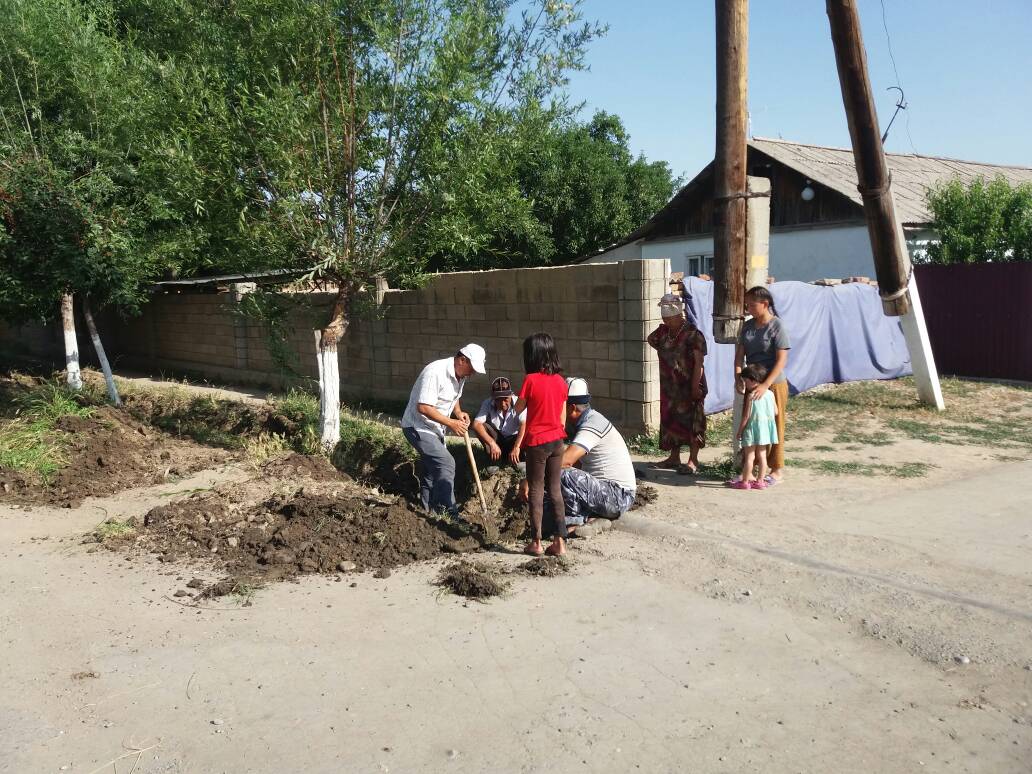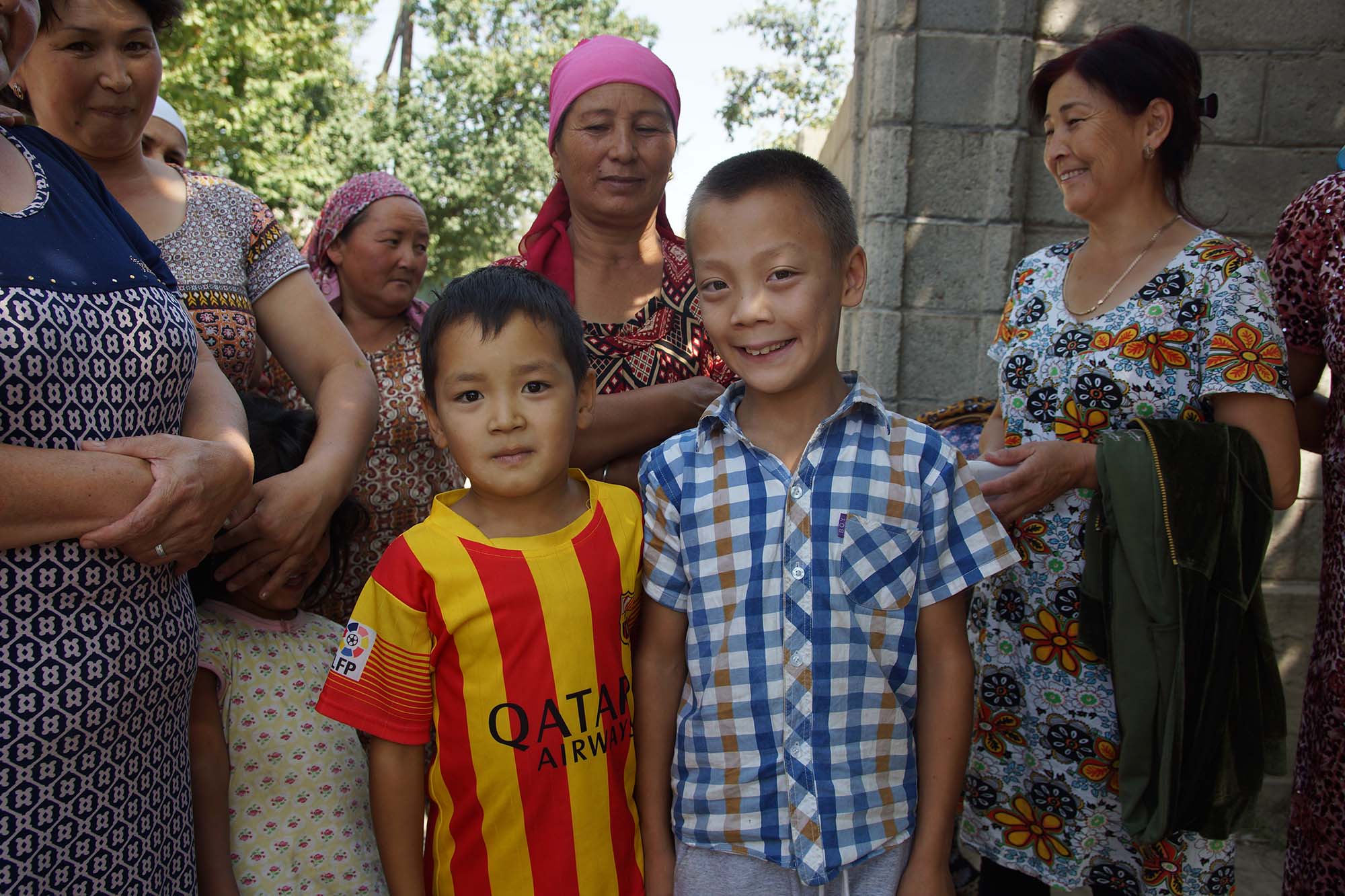This post is from Indira Zhakipova, Pure Earth’s coordinator in Kyrgyzstan
The village of Naiman is inhabited by 1,800 people, and is located in the Nookat district of the Osh region of Kyrgyzstan, 70 km from the regional center of Osh.
Ten to 13 km to the northeast of the village is the mercury antimony deposit of Chonkoy as well as the Uluu-Too mine. The mine was once owned by the Khaidarkan Mercury Plant, and was developed and expanded underground from 1963 to 1994. The company employed 600-700 people, mainly the residents of Naiman and Kyzyl-Kiya.
Due to the difficult situation in the metals market and the absence of government subsidies, which occurred after the collapse of the Soviet Union, the plant was closed in 1995. This led to the migration of the villagers to the major economic centers of Bishkek, Osh and even to Russia.
In 1998 the enterprise passed into private hands but after a few months, operations stopped. The site has not been cleaned or rehabilitated.

The inhabitants of the village of Naiman had no idea about the harm and danger to which they were exposed. There were cases when workers from the factory brought mercury home and kept it for years, assuming that it might come in handy one day. In the end, many threw their store of mercury away, not in the tailings pond, but right in the village where they lived!
In addition, one of the sources of contamination is the equipment used for the enrichment of mercury deposits. Pipes from the plant, which were contaminated with mercury, were reused in the village as part of their irrigation canals. This has polluted a large area of land–the exact size of the contaminated land is still not clear. Now the people who worked at the mine are mostly engaged in agriculture and not in mining, but the pollution continues to affect them.
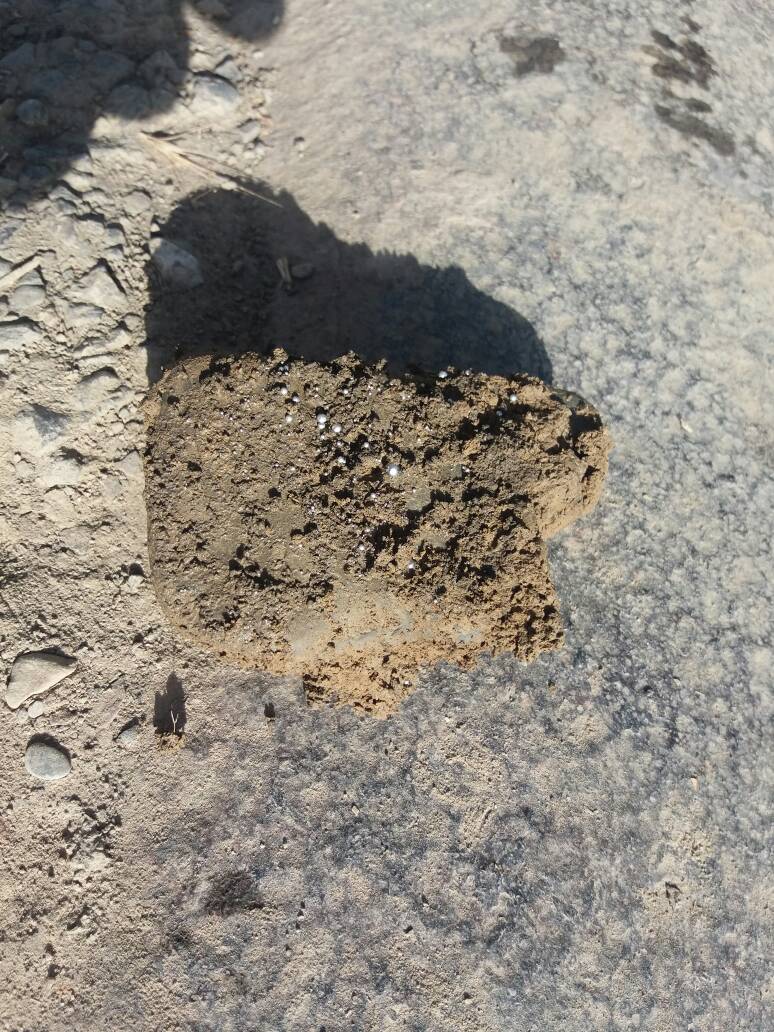
In 2016, as part of the Pure Earth’s Toxic Sites Identification Program, local residents showed the researcher Almaz Kirgizbaev a site where numerous droplets of mercury were visible at the bottom of an irrigation ditch. This was an issue because water enters vegetable gardens through this ditch.
Livestock drink water from these irrigation canals. Children of the villagers bathe in the water. As if that was not dangerous enough, children collected droplets of mercury from the bottom of the irrigation ditches and played with them.
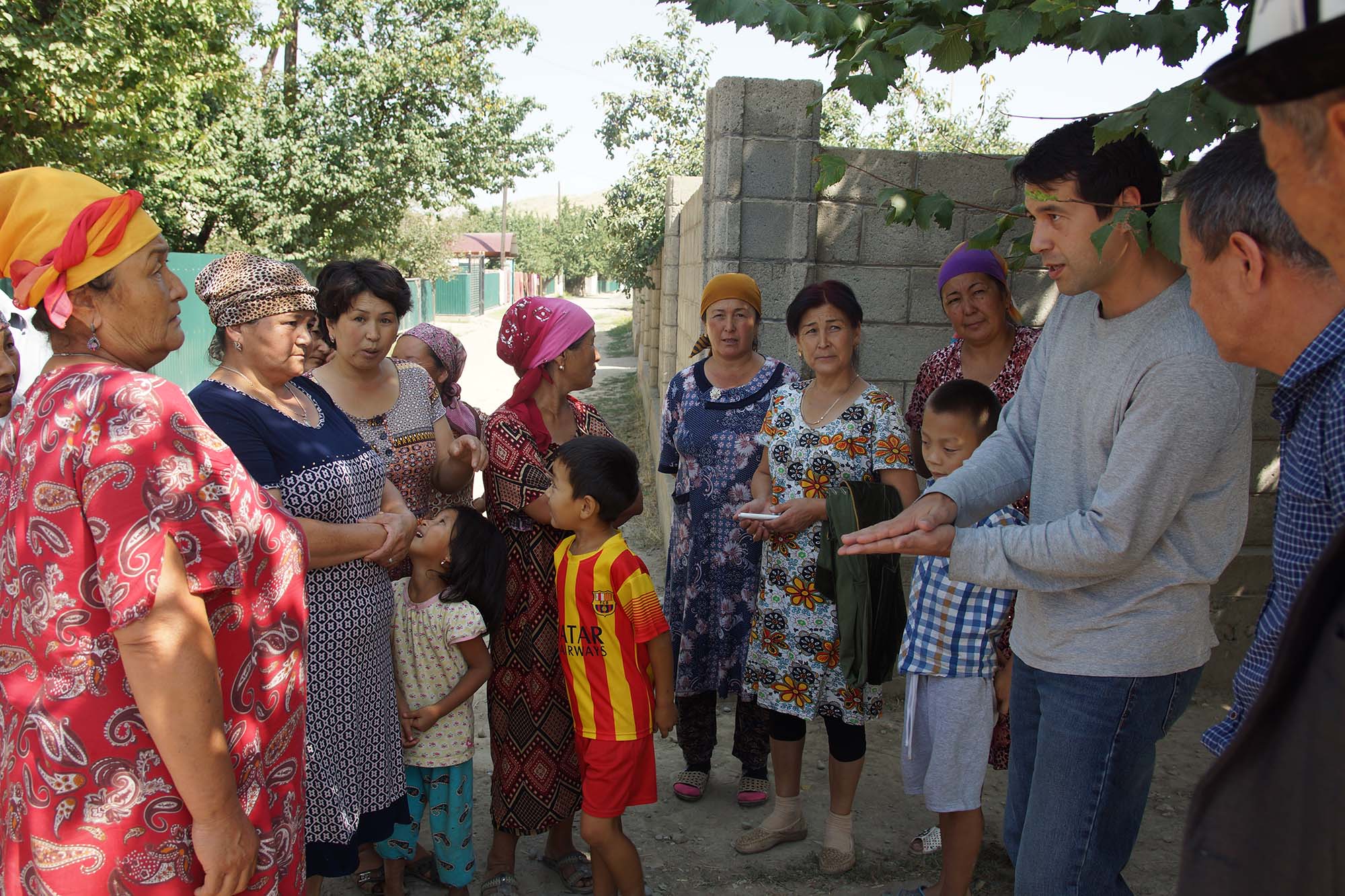
To protect the population from mercury contamination, we met with residents in the area to alert them to the dangers.
At the same time, we took soil samples from the bottom of the irrigation ditches and had them analyzed in the laboratory. The results showed a significant concentration of mercury, which is extremely dangerous for human life and health.
In June 2017, Pure Earth cleaned out the irrigation canal. All the mercury-contaminated soil ( 160 tons ) was taken to nearby mining dumps.
Local authorities including Rosa Shamaeva, head of the district; Kamchibek Baibaev, land management specialist; Saparbay Ergeshov, deputy of the ayil kenesh (local council); chairmen of the district committees Myra Atayanova and Kanzada Imarov supported and helped clean up and remove the contaminated soil. A lot of informational assistance was provided by the former factory worker, now pensioner Ikram Kazakov.
According to him, mercury in the irrigation ditches appeared due to the fact that the large diameter pipes used to conduct the water to the entrance of the houses through the irrigation ditch were previously used at the plant as radiators for mercury cooling. As a result, part of the mercury settled on the walls of the pipes and stayed there. This mercury was gradually washed off from the walls of the pipes and into the soil, settling at the bottom of the irrigation ditches.
The local population and the administration of the ayil okrug (village administration) appealed to Pure Earth with a request to conduct further research of the entire irrigation ditch, and to identify all the pipes from the former mercury plant that are being reused.
While this initial cleanup is complete, more work needs to be done in Naiman to help protect the local population from the continued risk of mercury poisoning.
This project was made possible with support from the European Commission and UNIDO
From the Project Page: Kyrgyzstan (Naiman) – Mercury Cleanup




